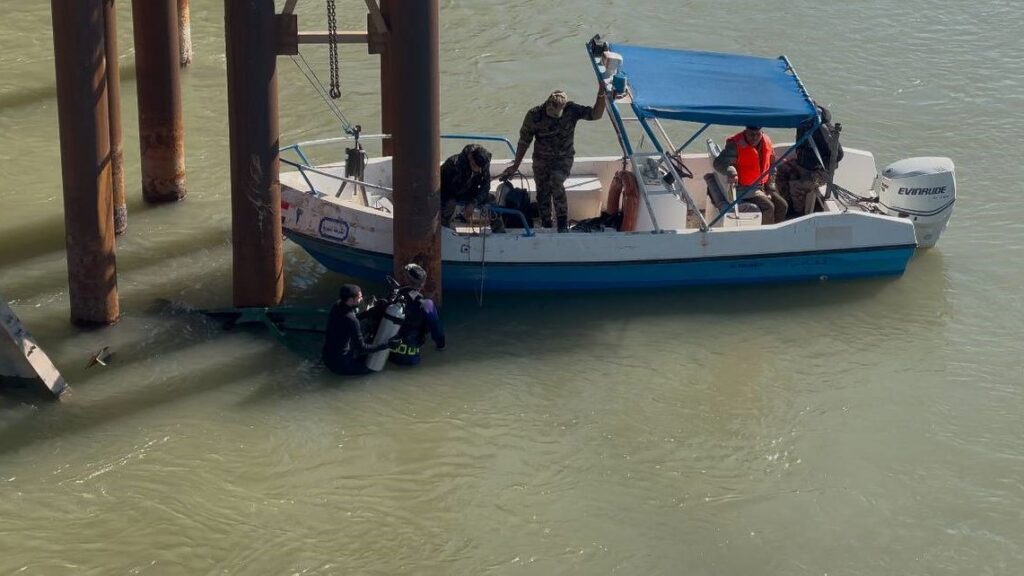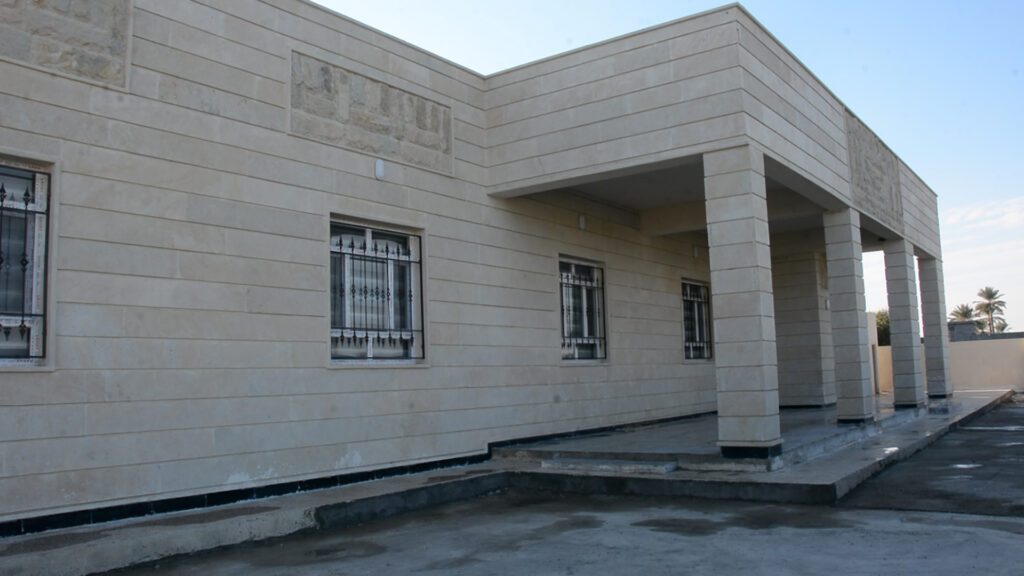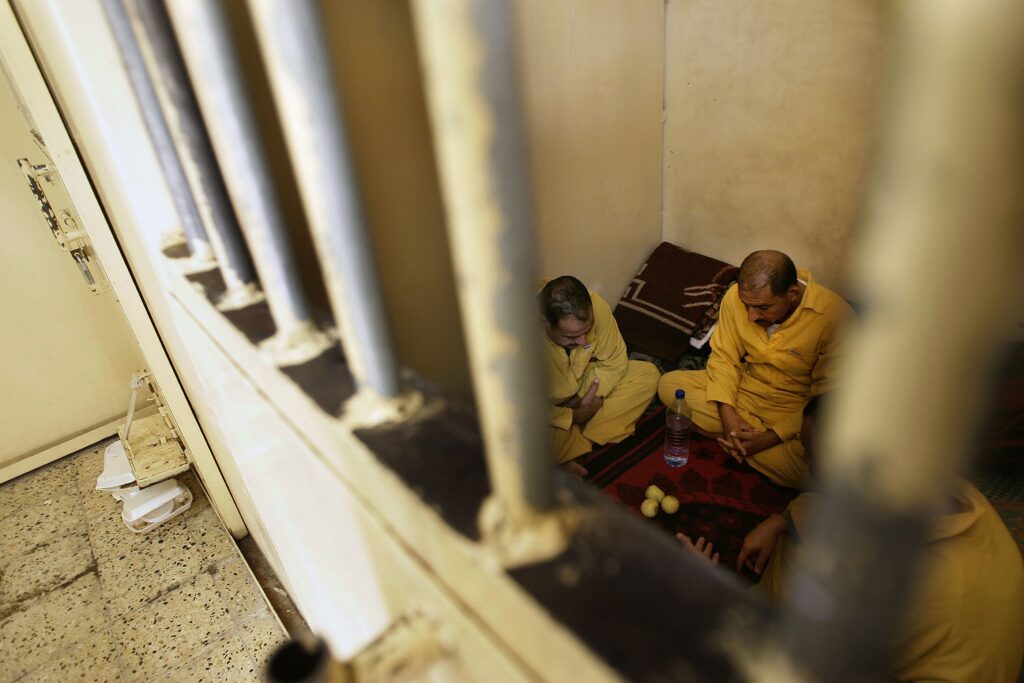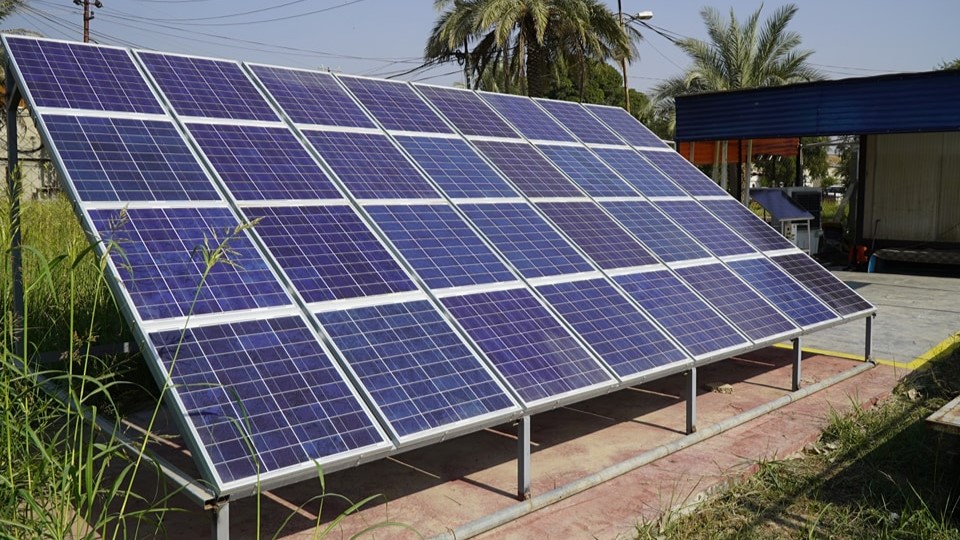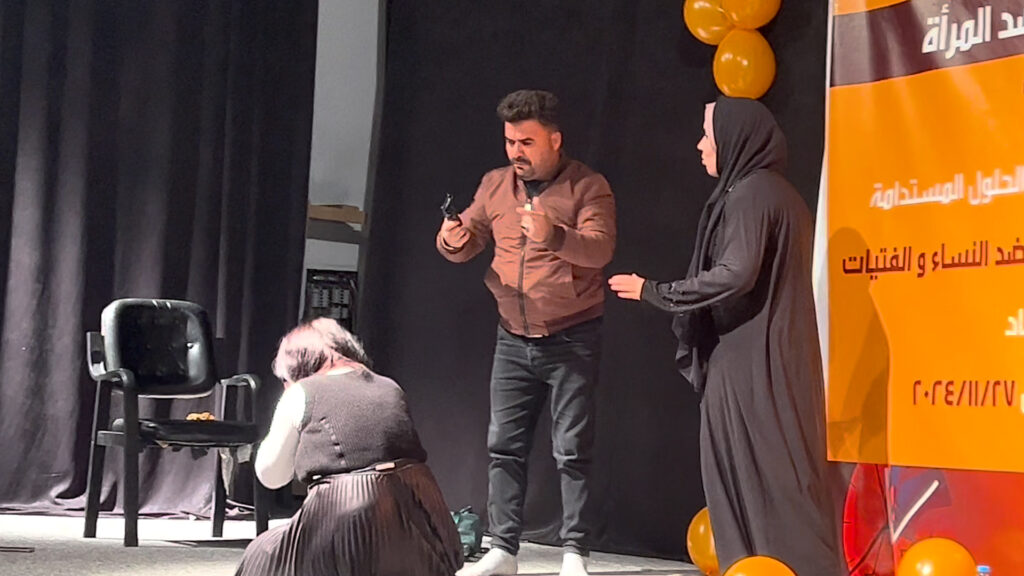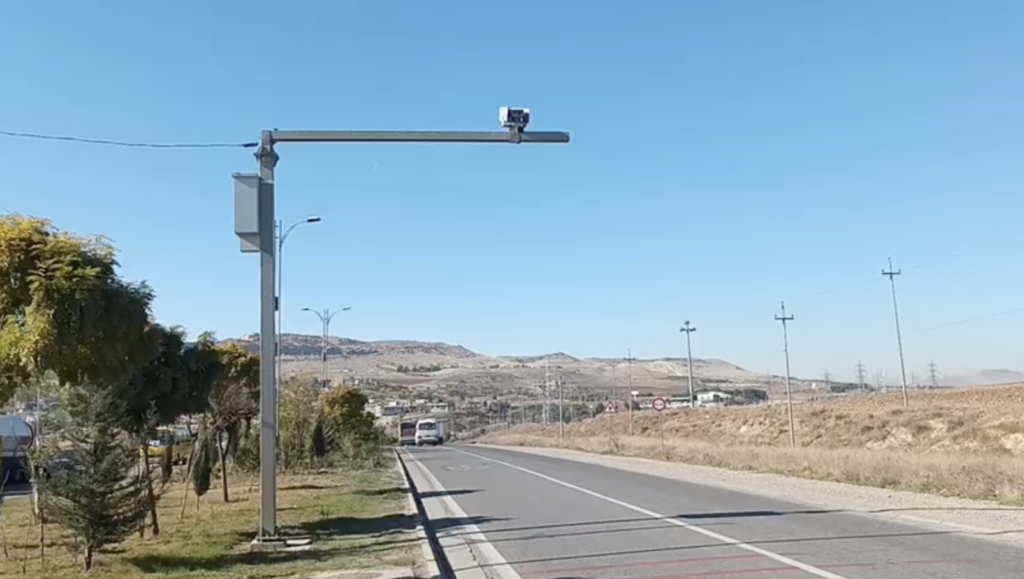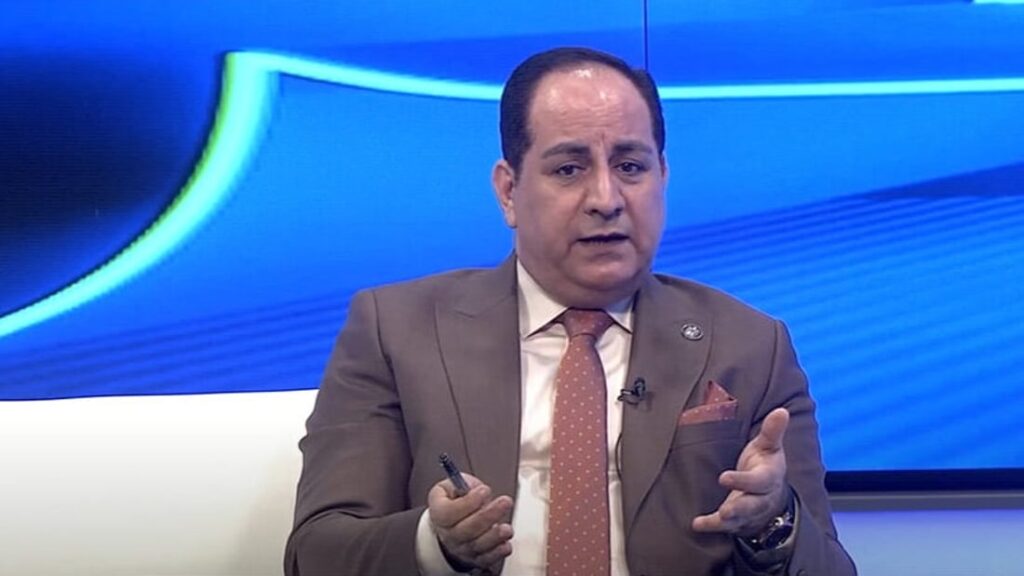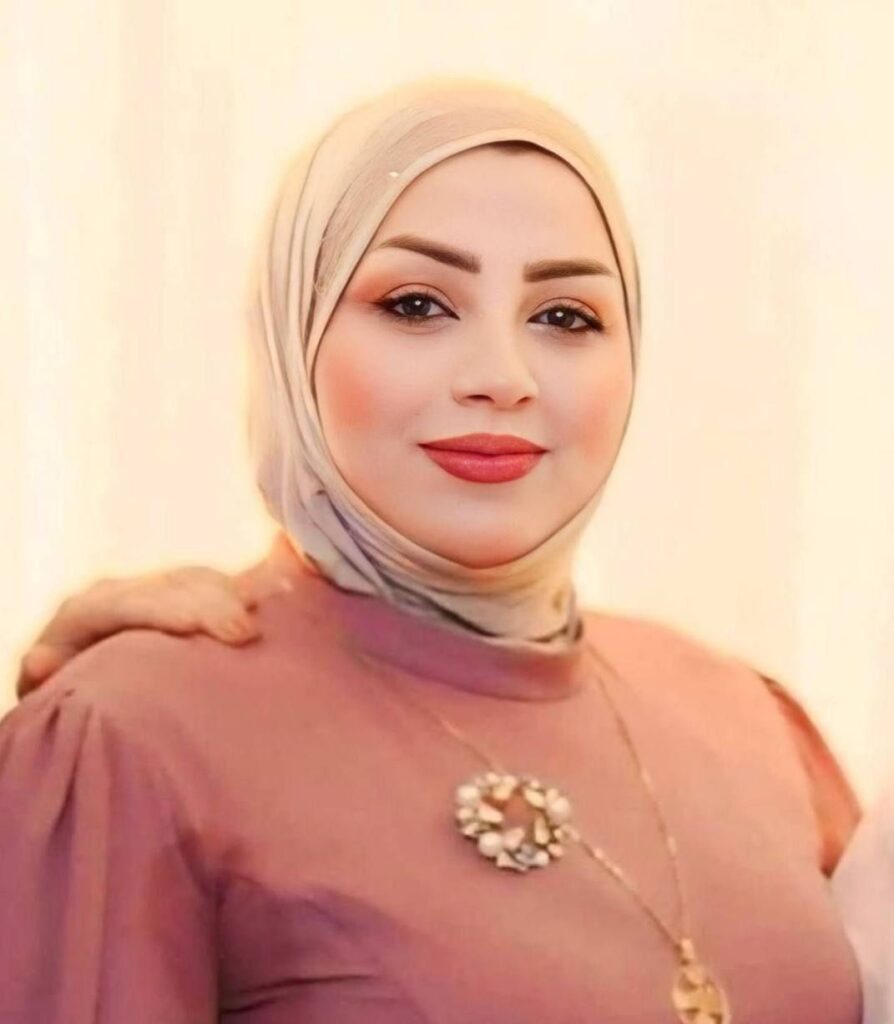Greece: UNICEF Refugee and Migrant Crisis in Europe: Humanitarian Situation Report #32 (April - June 2019)
Highlights
Since January 2019, 35,400 refugees and migrants (one in four of whom children) arrived through the Mediterranean migration routes. The majority of the children were registered in Greece, bringing the number of refugee and migrant children present in this country to 32,000- a 52 per cent increase since the start of the year.
In the five countries where UNICEF operates (Bulgaria, Bosnia and Herzegovina, Greece, Italy, Serbia), 17,400 children attended formal and non-formal education, and another 8,000 children benefitted from psychosocial support, case management and referral. Community-based care-arrangements were provided to 2,600 unaccompanied children. Over 2,900 women, girls, boys and men were also assisted with GBV prevention and response services.
UNICEF technical assistance resulted in the implementation of new legislation on guardianship and care for unaccompanied refugee and migrant children in Greece, expanding access to formal education in Bosnia and Herzegovina, improving safeguarding measures in reception centers in Serbia, and enhancing skills-building for vulnerable adolescents in Italy.
Migration remains highly political with restrictive asylum policies, increased immigration detention, violent push-backs at borders and the criminalization of solidarity. Reception conditions offered to children in several countries stay extremely poor, while shifts in funding priorities threaten gains achieved in education. Yet, the new European leadership and policy reforms under-way present opportunities to improve standards to keep children safe from violence and provide them with the basic care and services they need to integrate and contribute to host communities.
SITUATION IN NUMBERS
35,400 # of arrivals in Europe through Italy, Greece, Spain and Bulgaria between January and June 2019 (UNHCR, 5 July 2019)
8,150 Estimated # of children among all arrivals through Greece, Italy, Spain and Bulgaria in January-June 2019 (UNHCR, 5 July 2019)
72,600 # of child asylum-seekers registered in Europe between January and May 2019 (Eurostat, 8 July 2019)
34,200 # of estimated children present in Greece, Bulgaria,
Serbia, Bosnia and Herzegovina and Slovenia as of June 2019 (UNICEF, 30 June 2019)
12,000 # of unaccompanied and separated children registered in Greece, Italy, Bulgaria, Serbia and Bosnia and Herzegovina (UNICEF, 30 June 2019)
Situation Overview and Humanitarian Needs
During the first half of 2019, some 35,400 refugees and migrants arrived through the Mediterranean migration, arriving in Greece, Italy, Spain and Bulgaria. One in four (some 8,150) of them were children, escaping conflict, insecurity and deprivation in the Middle East and North Africa, South Asia, East and West Africa. Close to 70 per cent of all child arrivals (5,640) were registered in Greece, where the proportion of children remains significantly higher compared to other migration routes.
While arrivals through the Central Mediterranean route have dropped by 83 per cent compared to the first half of 2018, over half of all fatalities in the Mediterranean Sea in 2019 occurred on this route. In such a context, the continuous restrictions on search and rescue at sea and the recent conflict escalation in Libya raise serious concerns over the rights and protection of a highly vulnerable population, including hundreds of unaccompanied girls and boys who have survived abuse, exploitation and imprisonment on migration routes and in Libya.
Continuous secondary movements and border closures in the Western Balkans have stretched national capacities, especially in Bosnia and Herzegovina and increasingly in Montenegro. Despite progress made over the past months to address the most critical protection needs in the subregion, significant gaps remain in terms of the reception conditions of families and children and community-based care for unaccompanied and separated children (UASC). There are also insufficient case management, GBV prevention and response, health and education services, with gains achieved in terms of school integration under threat in Greece and in Bosnia. National child rights monitoring capacity and outreach highly vulnerable, and often invisible, children and women on the move is inadequate.
Within the European Union, migration remains high on the political agenda and recent European and national elections confirmed the shift in the socio-political climate, characterized by more restrictive asylum and integration policies, increased immigration detention of children and criminalization of solidarity Such circumstances expose girls and boys on the move, especially unaccompanied ones, to heightened risk of abuse, exploitation and human trafficking as they cannot regularise their stay, are unable to access basic services and go ‘under the radar’. Yet, with the new European leadership in place and ongoing revision of relevant European asylum and migration policies under-way, there is an opportunity to improve reception conditions and strengthen protection standards to keep children and women safe from violence, abuse and exploitation, and provide them with the essential care and services they need to successfully integrate in and contribute to their new societies.

